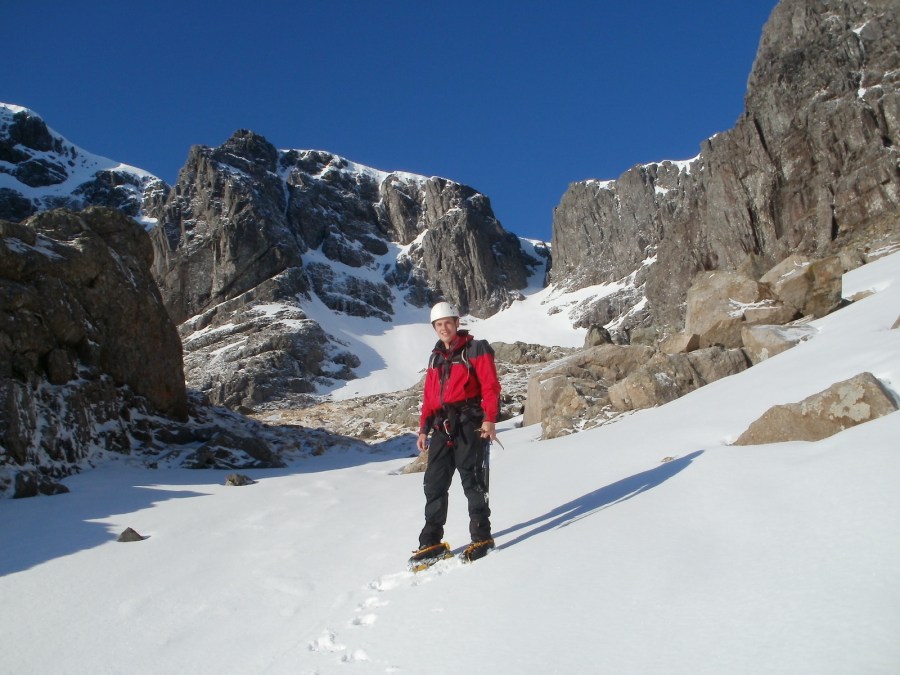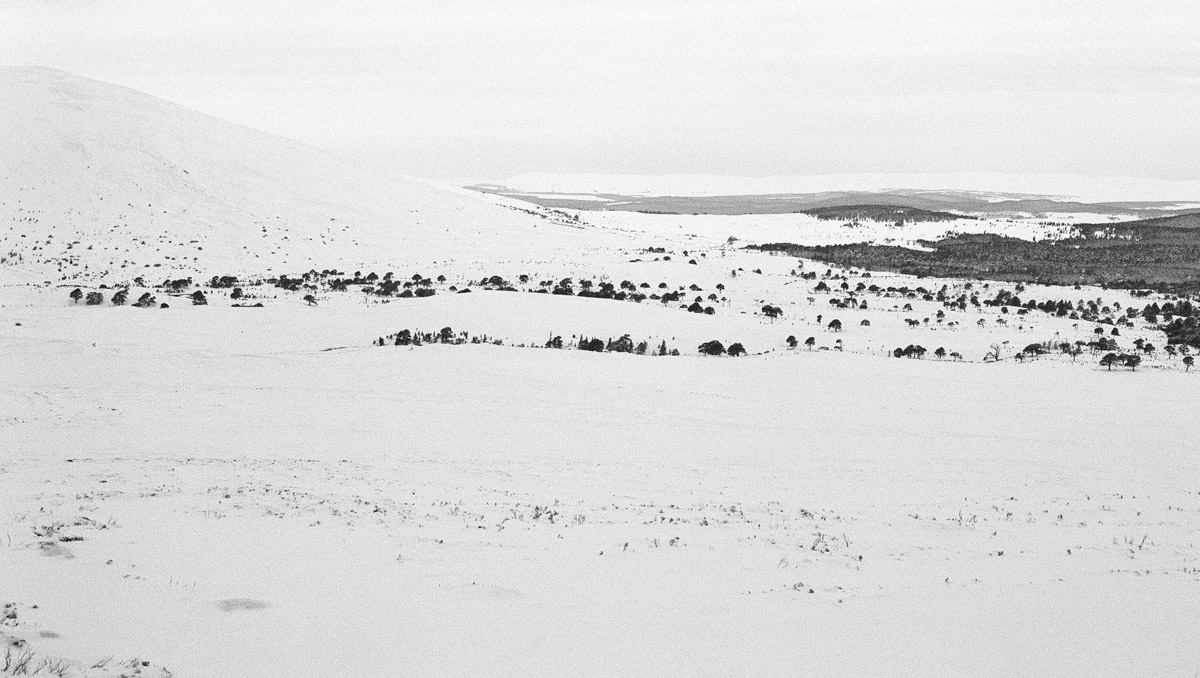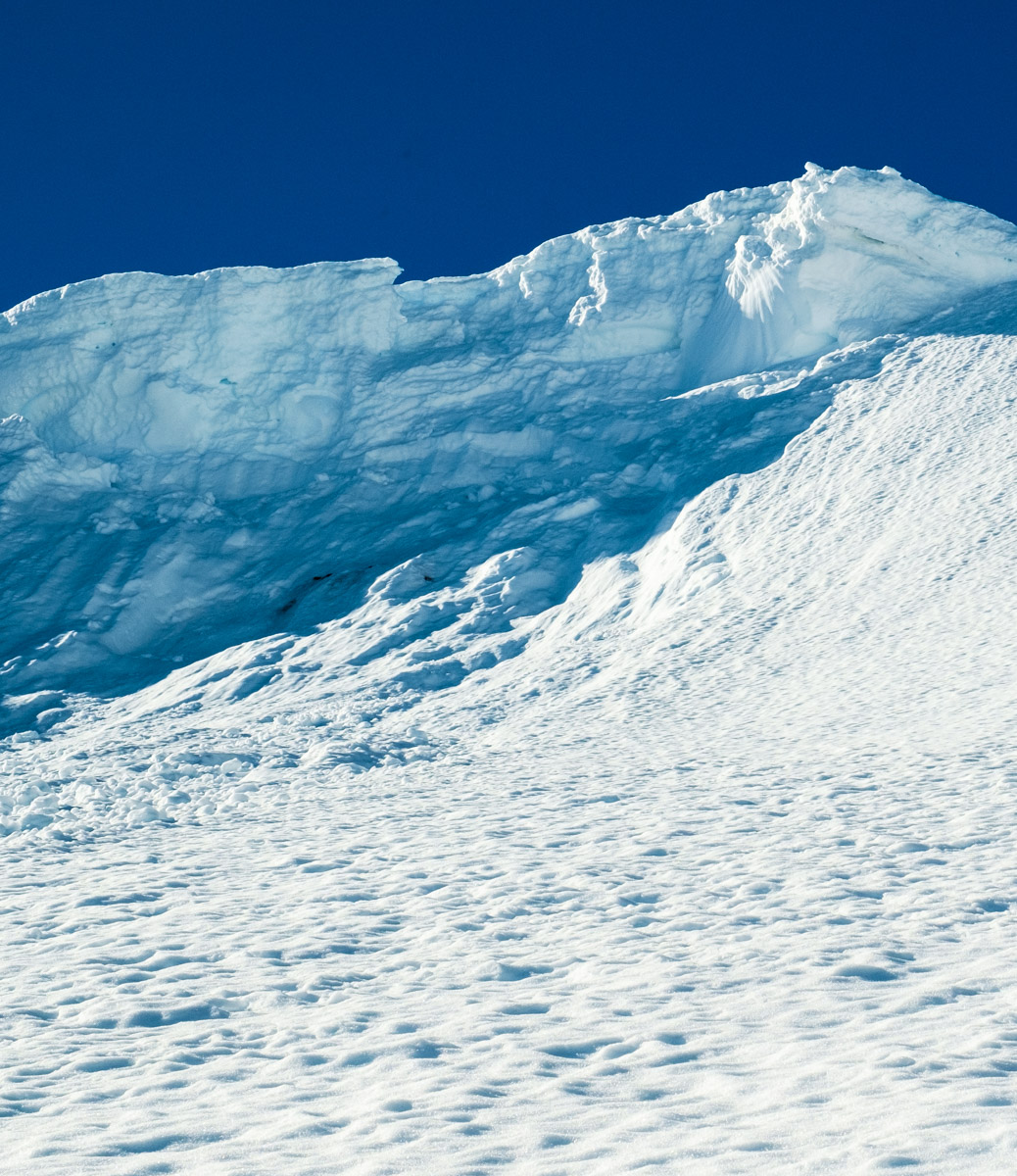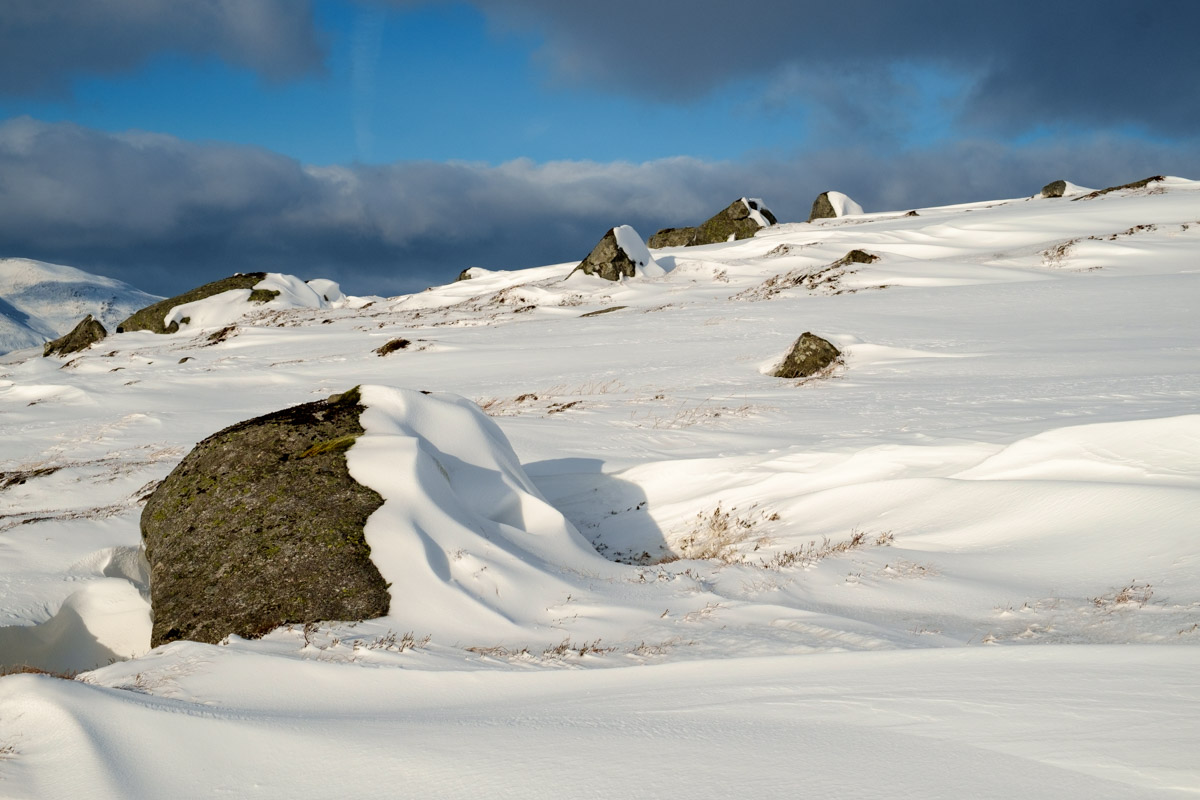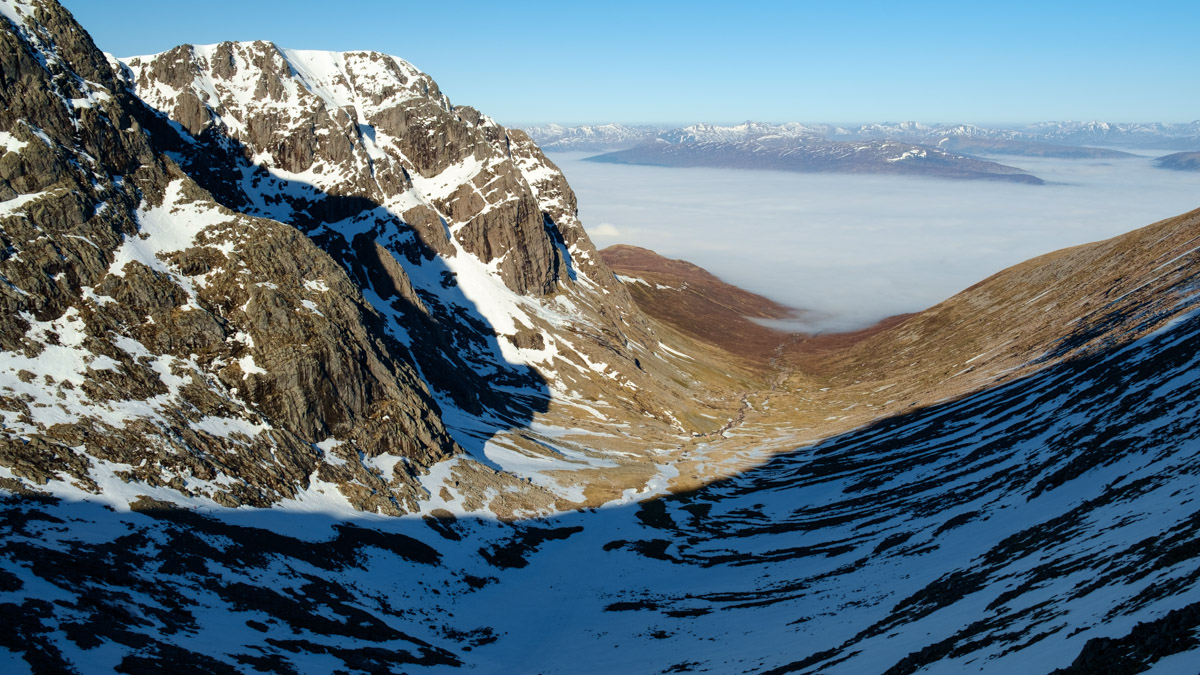Most walkers agree that a mountain in winter is more beautiful than a mountain in summer. But why is that?
By Alex Roddie
Every year, we publish skills guides to help you make the most of winter in the British hills. But today it’s time for something different. Today we’ll explore just what makes winter so special.
Ask people why they love hillwalking in winter and you’ll get a range of answers. The challenge, some will say; there’s also the novelty factor, the chance to exercise skills most walkers don’t possess, the increased sense of self-reliance. But most people would add that the mountains are more beautiful or aesthetically pleasing in winter.
Why is that? And why is it something that almost all mountain-lovers instinctively feel? I think there are several factors at play.
1. An enhanced sense of wildness
While the definition of wildness contines to be debated, it’s a fact that few places in Britain are completely wild and pristine. We go to the hills partly to experience what wildness remains. In winter, that task is much easier: paths and roads are buried in snow, ecosystems that might be visibly depleted in summer put on an Arctic mask, and even lower hills close to towns can feel much farther from civilisation.
When winter grips the mountains, most human traces are temporarily hidden and our minds respond to a landscape that looks and feels much wilder.
2. Simplicity
Related to but distinct from the above, a good coating of snow and ice enhances the aesthetics of the mountains by hiding details and accentuating major features. Any artist or photographer will tell you that clutter in a composition is rarely a good thing, and that to improve a picture, to make it more pleasing to the eye, the thing to do is strive for simplicity.
Winter makes artists of us all by reducing the complexity of the scene and creating beautifully minimal and simple compositions.
3. The creation of new forms and patterns not found in summer
While a snowy scene is a simple scene when viewed from a step back, look more closely and the landscape is home to entire classes of form you’ll never see in the summer months. When carved and deposited by the wind, snow is sculpted into fantastical forms: sastrugi, flutings, runnels, cornices, gullies, drifts. Rime ice and hoar frost create patterns of otherwordly geometric beauty on exposed surfaces. All this adds another dimension of wonder to the winter landscape.
4. Transience, decay and change
No landscape is eternal, but in winter the pace of change is magnified. The snow might be here one day, soggy by the afternoon, and gone the next. Minor changes in air temperature, humidity and wind speed can transform the appearance of entire mountain ranges – and the walker’s experience of travelling through them – in hours.
This transience speaks to something deep in the human psyche. We’re ephemeral beings who will die one day. Just as we’re moved by the transformation of a glorious old beech tree from the emerald of August to the copper of November and the iron of January, so the rapid flux and decay of a mountain landscape under snow captures our imagination. But I think this is really about hope and renewal, because we know the snow will always return if we wait long enough – and so will those coveted perfect conditions.
5. Perfection and the hope of perfection
The winter mountaineer may enjoy a wide range of conditions in their own right, but we’re all chasing perfection. In a typical winter season, truly exceptional conditions are rarely experienced unless you’re lucky enough to get out often. Settled weather, blue skies, crunchy and stable snow beneath your crampons – the mountains can feel benign when it’s like this, or even near-divine. Under snow and blue skies, a British peak stands shoulder to shoulder with an Alpine giant.
In some mountain ranges these ‘perfect’ conditions are the norm, and weather we’d consider typical is seen as bad. Perhaps a blue-sky day in the Scottish hills feels special because it’s rare. You can have too much of a good thing – and a storm can be thrilling in its own way too!
All images by Alex Roddie

